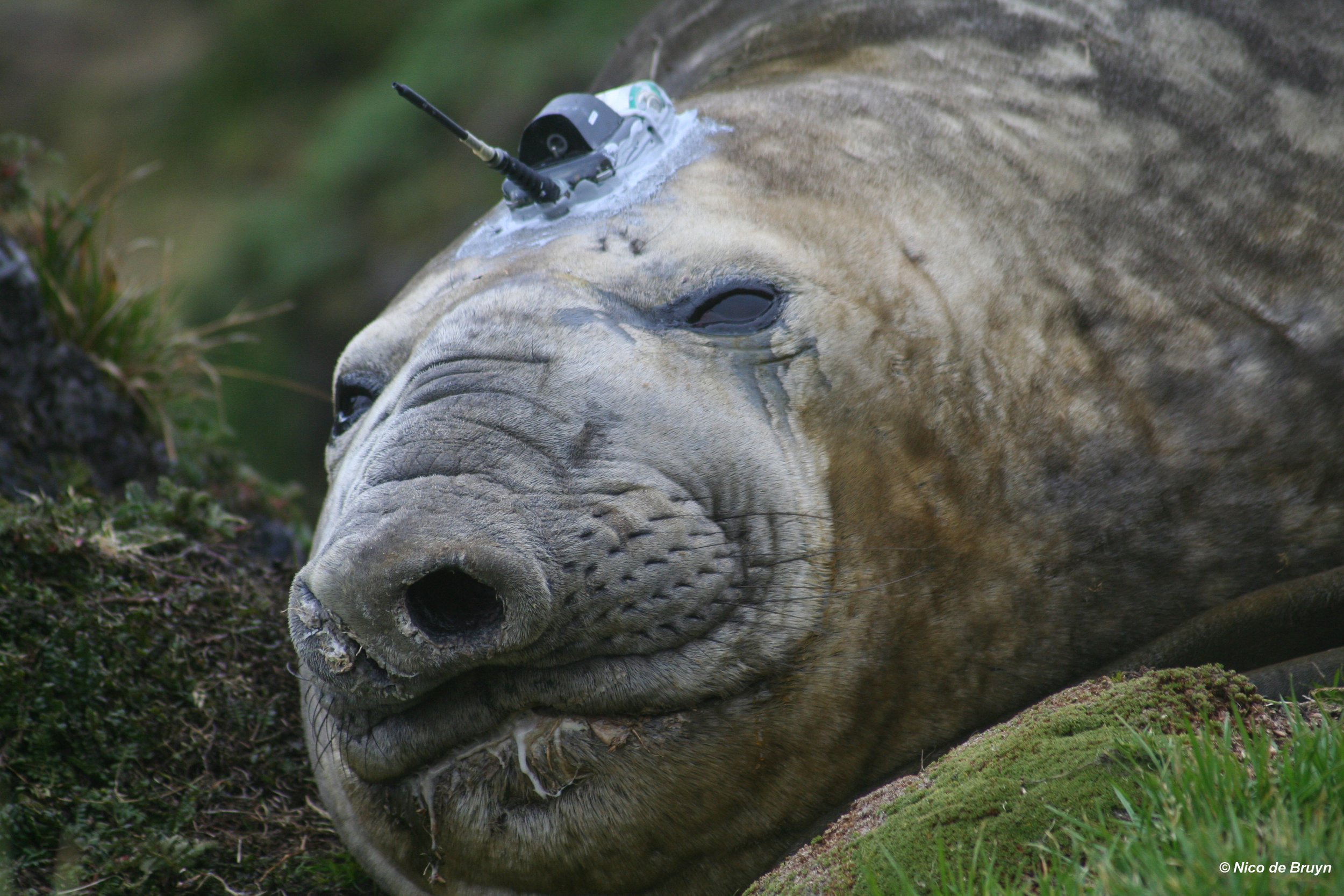Latest MIMMP research - A new tool for identifying nitrogen balance of free-ranging mammals
/Photo credit: MIa Wege
It is notoriously difficult to monitor the nutritional status of free-ranging animals over time, particularly those living in the oceans. Incredibly, it is still possible for scientists to reconstruct the foraging ecology and eco-physiology of animals by using nutritional biomarkers (Nitrogen (δ15N) and Carbon (δ13C) isotopes) that are deposited chronologically along the length of keratinous tissues, such as nails or whiskers.
But are these biomarkers reliable for animals that periodically undergo extreme physiological stresses, like southern elephant seals that fast while on land? The latest MIMMP research paper by Nico Lübcker, John P. Whiteman, Robert P. Millar, P. J. Nico de Bruyn & Seth D. Newsome “Fasting affects amino acid nitrogen isotope values: a new tool for identifying nitrogen balance of free-ranging mammals“ shows that this is indeed an important consideration.
Lübcker and colleagues sequentially measured bulk tissue and amino acid δ15N values along the length of whiskers from southern elephant seals (Mirounga leonina) on Marion Island.
Whisker segments corresponding to fasting periods from juveniles and adult females had significantly higher bulk tissue δ15N values compared to segments unaffected by fasting. Fasting also resulted in a large increase in δ15N values for most glucogenic amino acids and a simultaneous depletion of alanine.
This finding enabled Lübcker and colleagues to accurately predict (74 %) the nutritional status of these animals. These findings suggest that the glucose-alanine cycle is the mechanism driving the observed depletion of alanine δ15N values during fasting in elephant seals.
While this study demonstrates that keratinaceous tissues can be used as a longitudinal nutritional biomarker to detect changes in the nitrogen balance, it is evident that physiological factors do in fact have an important influence on tissue δ15N values. Not taking this into account can lead to erroneous bulk tissue or amino acid isotope-based reconstructions of foraging habits.
For further reading click here.



















